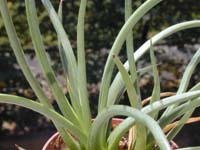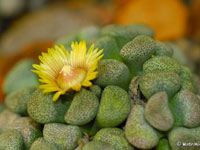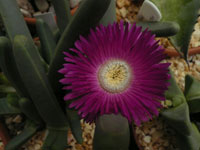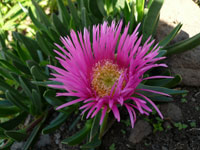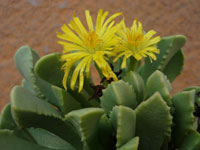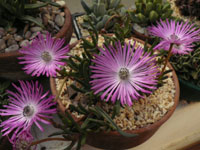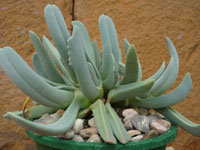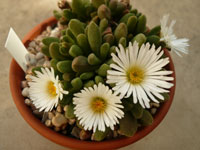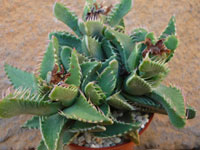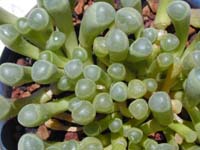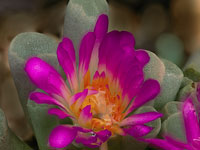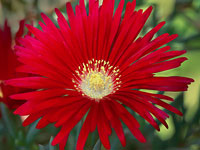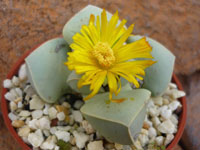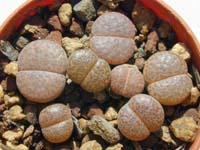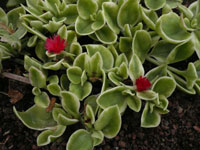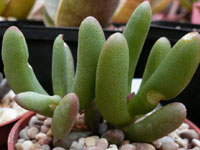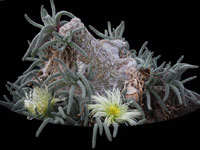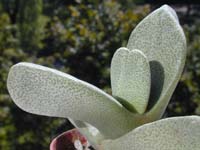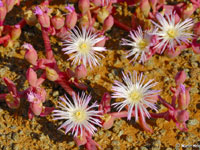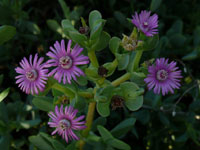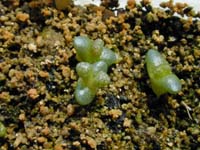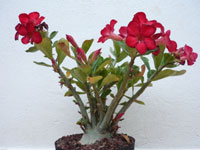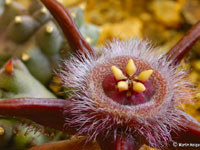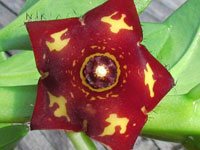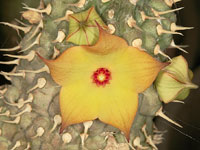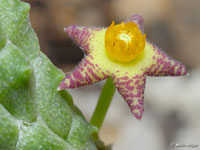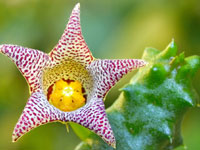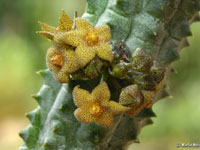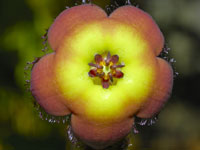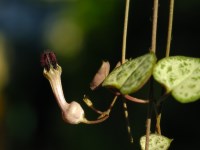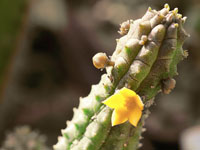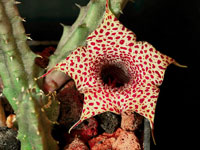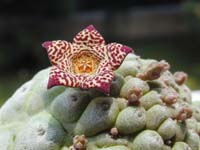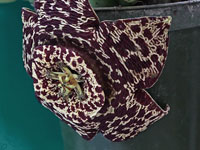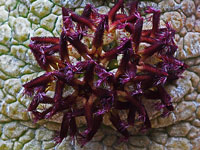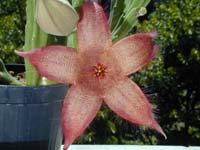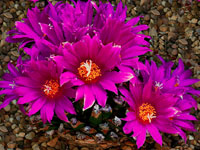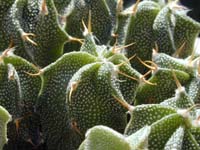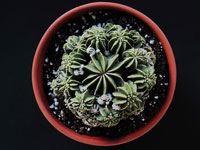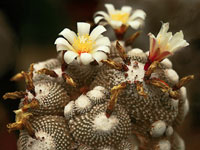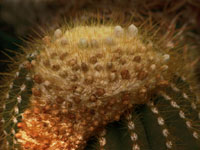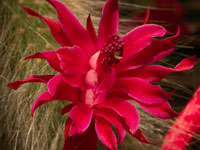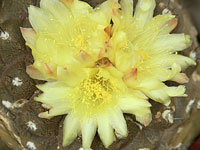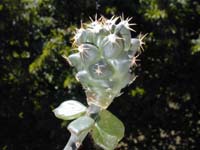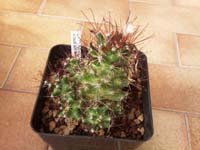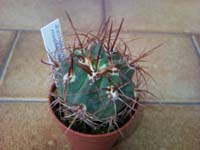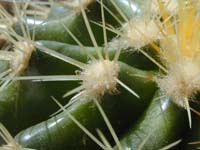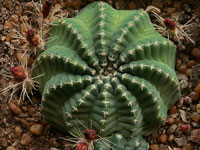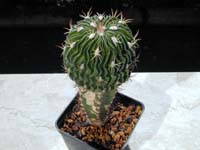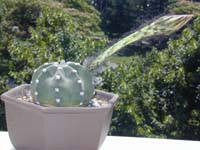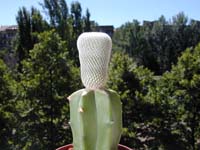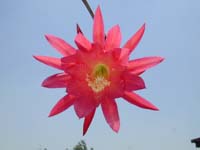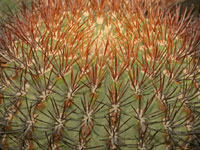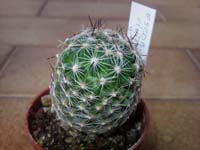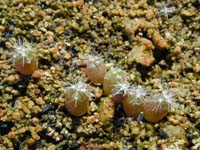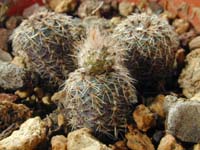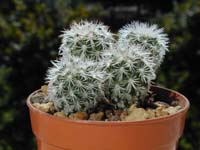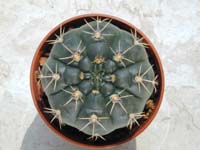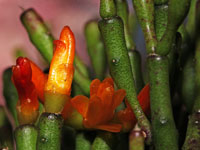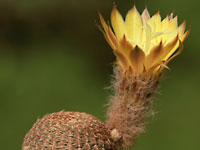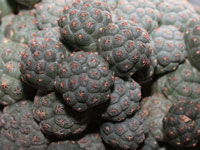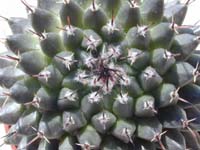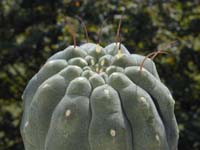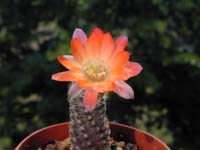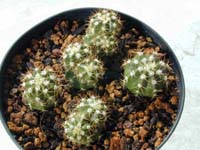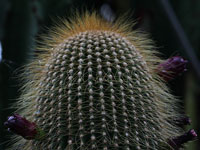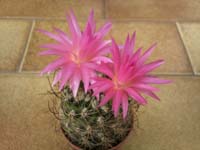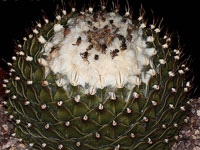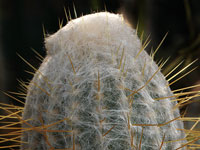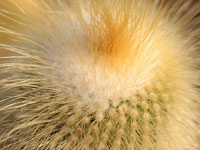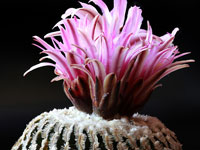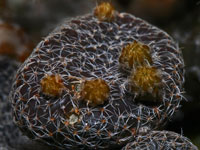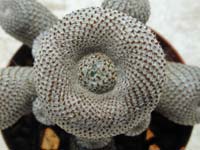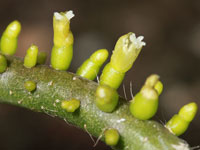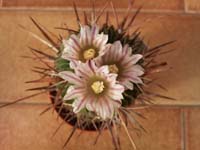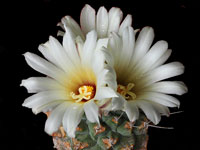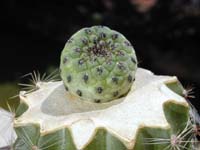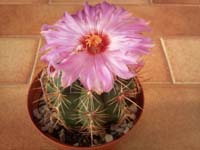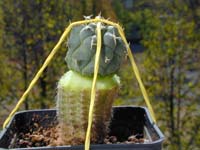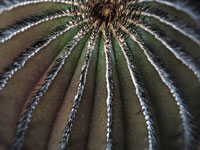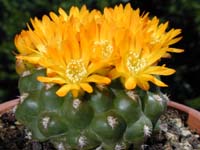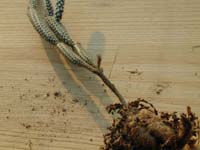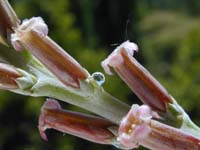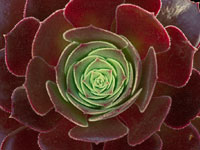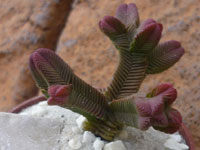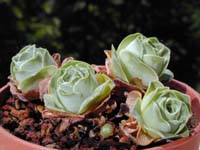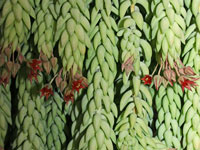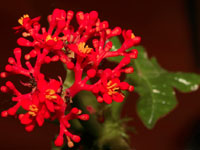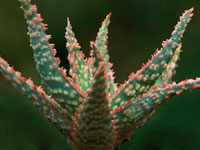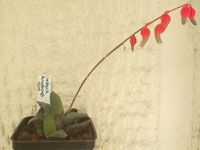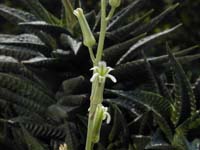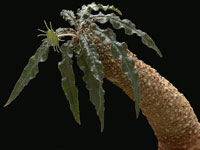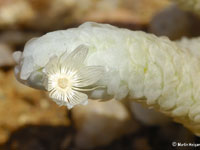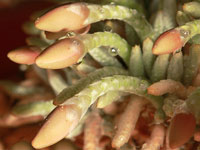To properly watering a cactus plant you must primarily take into account the following factors: the rate at which dries the soil, the time of retirement and the age of the plant.
In the summer you can water once the soil has dried completely. If the soil is quite porous, when it is dry on the surface, it is sufficient to allow at least a day to be sure that in the bottom of the pot there is not too much moisture.
Giving general rules is, however, difficult: in principle, I assume that the succulent plant is in a soil with good drainage and in a proportioned pot according to the directions given above. In summer for succulent plants planted in small and shallow pots (about 10 cm) it can happen even watering once daily. For plants very sensitive and prone to fungal attack is the experience to teach us how much to diminish the waterings.
When you watered during this time you have to uniformly wet the soil all around the plant until a bit of water comes out in the saucer, emptying it of course if it has accumulated too much. Following this method of watering, the roots grow evenly and not upwards as in the cases in which you just wet the surface. The flow of water through the whole substrate up to the drainage holes also favors the replacement of air in the soil and the excess water that comes out in the saucer contributes to dispose a bit of those excess mineral salts that accumulate in the soil because of fertilization and the hardness of the water itself.
The water requirement of a succulent plant also varies in relation to its age: the seedlings in fact, that is the young little plants growing from seed, are to be kept in a moist substrate for the first few months after birth. You can let the soil dry between waterings when they are strengthened and have issued the first leaves or thorns / spines. During the winter you should monitor their status and water as soon as they lose their turgidity.
In the winter
At the approach of winter cactus plants stop growing and enter into a period of rest or quiescence. During this period, until the spring vegetative growth, they should not be watered never or almost never. If the plant is a species that can withstand frost and is left outdoor, it should be left completely dry, so it can overcome the winter unscathed; if instead it is sensitive to low temperatures should be admitted to a local to protect it from freezing. The room must be bright and fresh, the ideal would be a greenhouse where the temperature is always a few degrees above freezing. If you are just forced to admit them in a room heated by radiators, the dry air can cause the wilting of your succulent, in which case you need to lightly soak the soil surface or nebulise regularly.The cacti stand up more to the lack of water than other succulents, but in a heated room suffer equally sometimes with no sign of apparent suffering. The warm and dry air in the home can dry out the roots so that the vegetative growth will be delayed. In late spring some cacti, despite the sun and watering, do not return turgid and resume growth, a clear sign that the root system has been damaged during the winter. For this reason for the cacti that spend the winter at home in any case it is advisable to wet a bit the soil about once a month.
If you like what you've read Publish on Facebook.




















